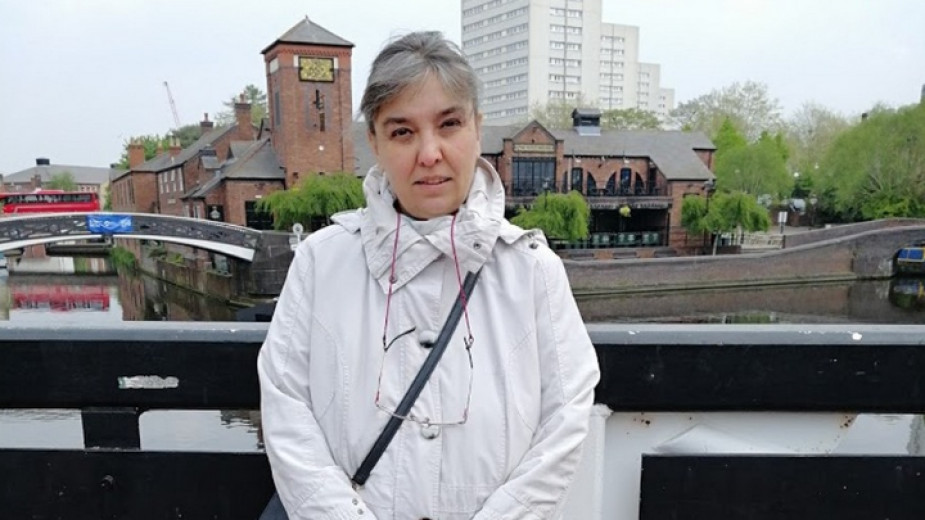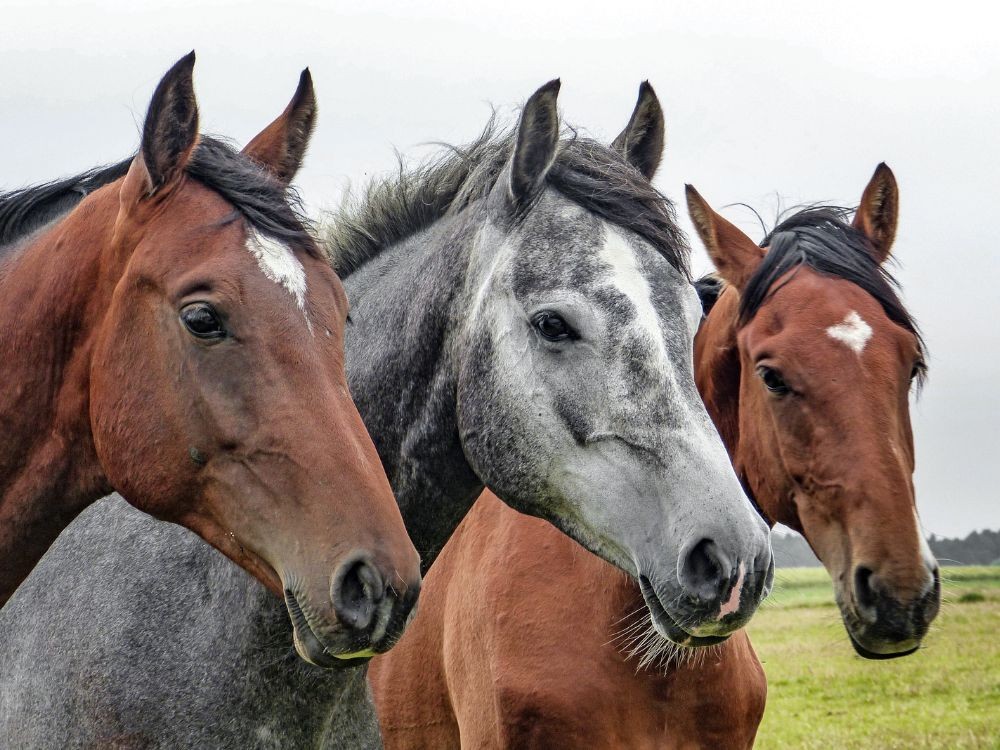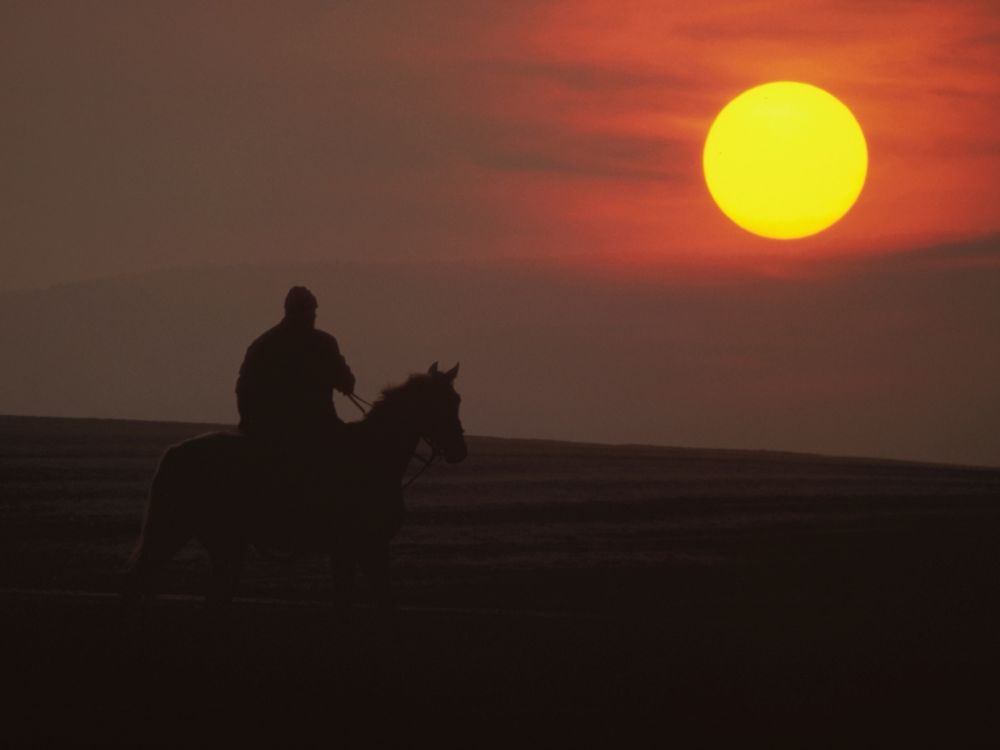"In a vast region in northern Bulgaria, St. Todor is somehow perceived as a demonic character... He visited gatherings of unmarried girls, which were prohibited during that period; he acquired the appearance of a young bachelor, but distinguishable by chthonic marks (lack of one nostril, golden teeth or fiery eyes, asymmetry in the physique)," writes Prof. Rachko Popov in his study "Saints and Demons in the Balkans".

The folk cult of St. Todor in the Balkans actually unites the cults of two Christian saints who lived in the 4th century - St. Theodore Stratelates and St. Theodore Tiron. The folklore image of St. Todor presents him as a fearsome rider and the calendar section dedicated to him is a dangerous time, a transition between the seasons, but also between life and death.
"Todor’s week is generally considered to be bad, dangerous. People call it deaf, black, empty, impure," says ethnologist Associate Professor Petya Bankova from BAS. In the past, this period - from Sirni Zagovezni to Todorovden was associated with a number of bans. For example, women should not do laundry, because if St. Todor passes by on his white horse, wind will blow away the clothes. According to the belief, if a person wears such a garment, they get sick and die.

"The sexual taboo is extremely strictly observed, because it was believed that a child conceived or born during Todor's week would have supernatural powers. It could turn into a vampire, werewolf or karakondjul (malevolent supernatural creature) during life and after death."
In northern regions of Bulgaria, the image of the saint himself is interpreted as a fearsome night rider who comes out of the cemetery and roams the countryside with his mother or wife, called Baba Todorichka.
"Something that is not widely known and poorly researched is the notion of the demonic Todor’s horses or horsemen,” Assoc. Professor Bankova says. “By the way, this idea is also characteristic of the mythology of the Serbs, Romanians and Vlachs.

From a mythological point of view, the function of the horse as a mediator between the world of the living and the afterlife of the dead and ancestors has long been known. The horse is the animal that can foretell death, for example. Evildoers, such as plague and cholera are also believed to ride horses. The idea that creatures in the form of a half-man-half-horse, similar to the ancient centaurs, wander during the ‘dirty’ nights from Christmas to Epiphany. It is generally assumed that these are the reincarnated souls of people who died during the dirty days and Todor’s week."

To the north of the Balkan Mountain (Stara Planina), Bulgarians believed that the demonic and "vampiric" St. Todor roamed around at night with his white horse and punished the farmers who did not observe the ban on work by marking their bodies with bruises and wounds in the shape of a horseshoe. The most dangerous, not just during this period, is the deep night, before the first roosters crow, when the demons are strongest and can enter the human space, as otherworldly forces tend to occupy crossroads, landfills, places where water drains.
According to another belief related to the transitional period during this time of the year the saint sticks his head into the ground and thus warms and fertilizes it.
"These notions about him could explain why it is precisely on his holiday when fortune-telling rituals about marriage take place,” Prof. Bankova says. “On different days of Todor's week, maidens used to put oat or corn kernels under their pillows, believing that they would marry the lad of their dreams. For the same purpose, they planted several stalks of garlic, which they called after different bachelors. The stem that grows the fastest indicates the one the girl would marry."

Multi-layered and colorful, the folk image of St. Todor is sometimes a patron, sometimes a fearsome demon, still close to us Bulgarians, Associate Professor Petya Bankova says. Todor is also among the hierarchically high-ranking saints who have not only one, but 2-3 holidays during the year, since besides the so-called winter Todorovden, a summer holiday is also dedicated to him. These saints, as a rule, enjoy special veneration.
More on the topic:
Publication in English: Al. Markov
Photos: library, personal archive, pixabay
Scientists from the Sorbonne will study the cultural heritage preserved in the Regional Ethnographic Open-Air Museum "Etar" , informs public broadcaster BNT. In March this year the French scientists together with experts of REOM "Etar" will study elements..
The day of St. Tryphon (1 February old style, 14 February new style) is celebrated by vine growers, falconers and gardeners in Bulgaria. Trifon Zarezan comes around with vine pruning and wine drinking St. Tryphon is believed to help..
All Bulgarian masquerade games originate from the ancient rituals related to the birth of the sun around Christmas. With the adoption of Christianity, in order not to defile the newborn God, the custom was blurred. In the western..

+359 2 9336 661
